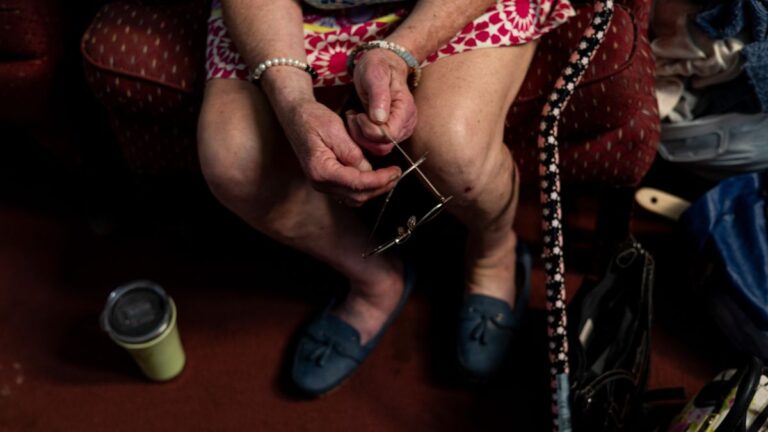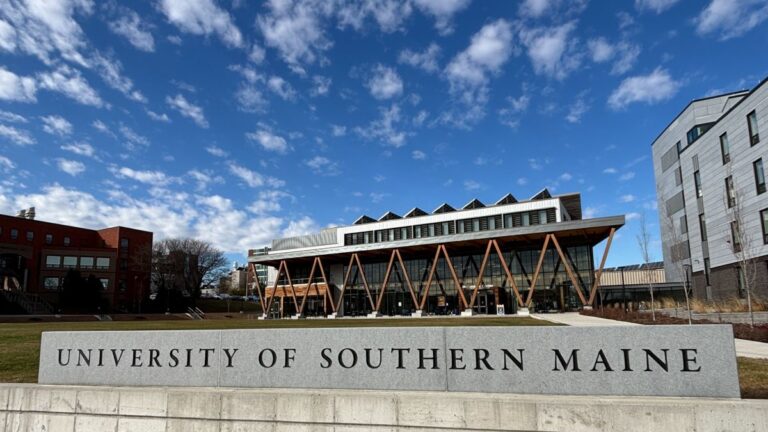As Maine communities begin to spend what will amount to more than $235 million in opioid settlement money, parallels — and lessons — emerge from a similar 25-year-old landmark agreement with tobacco companies.
In 1998, Maine and 45 other states’ attorneys general settled lawsuits with four tobacco companies in which the states sought to recover billions in healthcare-related costs due to tobacco use. The settlement — to this day, the largest in U.S. history — established annual payments in perpetuity from the companies so long as they sell tobacco products.
The year after the settlement was signed, the Maine legislature passed a law establishing the Fund for a Healthy Maine to receive and allocate the money.
“The fund was designed to receive and allocate Maine’s approximately $53.8 million per year to programs to prevent chronic disease, promote good health, reduce adverse experiences, lower health costs, and give Maine children and adults every opportunity to live healthy, productive lives — all without supplanting existing state investments or federal grants in these areas,” a 2021 report from the Maine Public Health Association said.
But in the years since the tobacco settlement, the state siphoned some of the money away to general budget expenses.
Fast forward to 2023, and a debate has surfaced over spending for opioid addiction treatment and prevention versus spending on other programs, such as mental health units within law enforcement programs, that critics say aren’t always effective with helping opioid users.
Ed Miller, a Maine Tobacco Prevention and Control Advisory Council member, and former CEO of the American Lung Association of Maine, said the state made significant investments in tobacco prevention programs in the first decade after the settlement was reached. The state was successful in reducing tobacco use.
But then came sharp cuts to prevention to find money that would “backfill” the state’s Medicaid program, or MaineCare, during the LePage administration. Miller said Maine youth smoking rates went up, overtaking national youth smoking rates for the first time in several years.
The move “recreated a gap in Maine’s community health system,” the MPHA said in its 2021 report.
It was a “smoke-and-mirrors” move to make it appear the administration had made cuts to the general fund budget when in reality “they did it at the expense of prevention programs and tobacco control,” Miller said.
That’s why, he said, it’s “critically important to keep the public involved” in how programs for tobacco prevention or opioid abatement, for example, are being funded and how the funding is used.
“I think that kind of communication really helps.”
Both the investments in prevention programs and divestments away from them show the importance of bipartisanship, Miller said, but also that these sorts of programs require “flexibility” so decision-makers “are able to innovate, they’re able to use best practices from other states or other communities.”
Despite the “raid” on the funds during the LePage administration, Sen. Peggy Rotundo, a Lewiston Democrat and chair of the appropriations committee, said Maine “deserves a lot of credit for having been as disciplined as it had been” in making sure the settlement money went to tobacco prevention and cessation programs, and to communities for other public health needs.
When Rotundo joined the legislature about 22 years ago, “I was asked to pledge along with other legislators that we would use that funding only for public health issues and for the tobacco prevention programs.”
She credits that “very strong lobby” for remaining disciplined with spending money.
But since then, the MPHA report and data from the Office of Fiscal and Program Review show more than 23% of the fund’s revenue have been used for other purposes.
Following the LePage-era cuts, funding for tobacco prevention has increased. This fiscal year, Maine and Oregon were the only states that funded tobacco prevention programs at or above U.S. Centers for Disease Control and Prevention recommended levels.
“I think one of the lessons going forward is that we need, as a legislature and as a state, to discipline ourselves to use the opioid settlement funds for the purposes that they were intended for,” Rotundo said.







